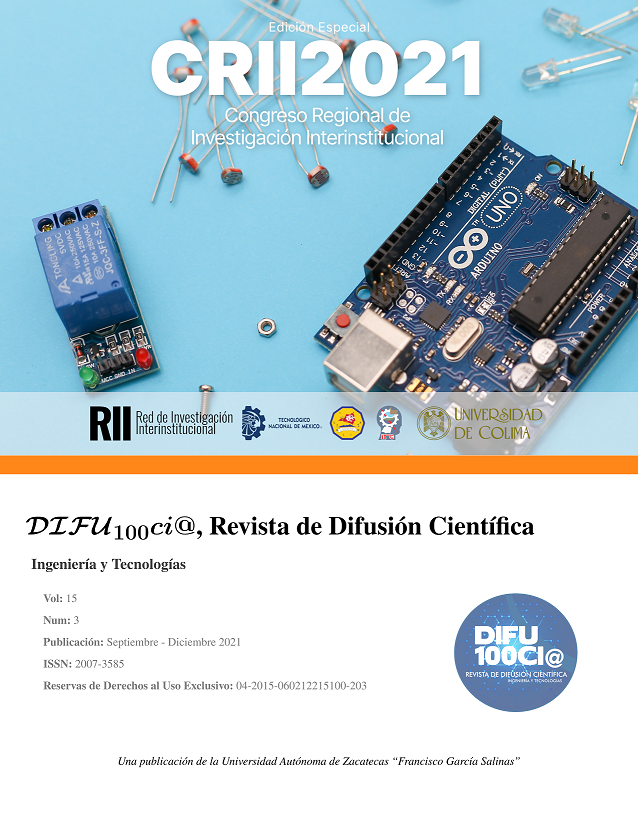Interpolation of discontinuous optical data using Fourier series and Whittaker method: a toolbox written in python
Main Article Content
Abstract
The use of time series using optical data has been of great help in the study of the spatio-temporal variability of agricultural crops on a global scale. A recurring problem of optical data is that it is spatially and temporally discontinuous, with missing values due to a multitude of factors such as adverse weather conditions, low temporal resolution, sensor failures, among others. As a consequence, data gap filling solutions are needed for accurate crop monitoring. This article presents a standalone image processing toolbox written in python. This allows to perform different tasks in time series in Sentinel-2 products, which include: (1) generating time series with continuous spatial data from discontinuous data using two interpolation methods: Fourier and Whittaker series, (2) detecting parameters phenological (beginning of season, highest peak and end of season, that is, key stages of crop growth) and (3) Reconstructing maps of some spectral index of a day for which there is no data. The toolbox has been tested in an area cultivated with sugar cane, and the results show that Whittaker method best interpolates the data. This toolbox will benefit farmers for better monitoring of sugarcane cultivation, considering all the days of the development cycle and expressed through a spectral index.

